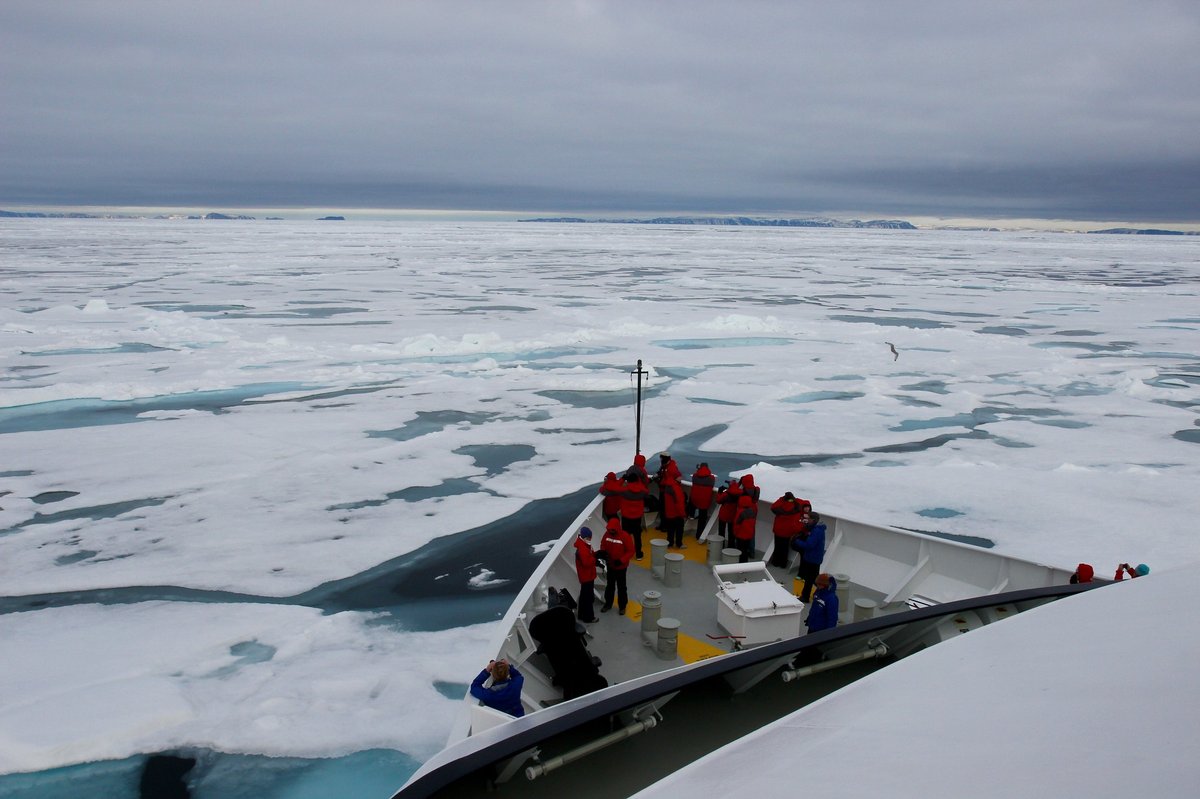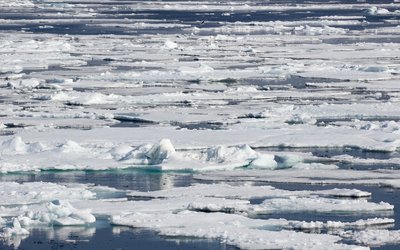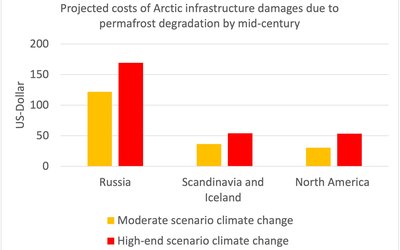Transport, infrastructure and building
More routes for trans-Arctic shipping will open in the next 50 years
May 17, 2023

Photo: Ice cruising in the Arctic (Gary Bembridge, www.flickr.com)
Arctic sea ice is shrinking and thinning rapidly and, as a result, new routes for trans-Arctic shipping emerge. This will reshape shipping corridors between Asia and Europe, in particular. These routes are expected to be navigable during the summer season by mid-century or even earlier, and the reduced distance between European and Asian ports will create economic benefits compared to the current Suez Canal route. In addition, commercial activities for resource extraction and port facilities and infrastructure will be developed in the Arctic region.
A comprehensive evaluation of trans-Arctic shipping under climate change, based on a large number of climate models and four scenarios of climate change, shows that there are a number of Arctic sea routes that will open in the course of this century. The evaluation reveals that trans-Arctic shipping will be relatively risky until about 2045, because of fast ice formation and sea ice ridging in the narrow shallow straits on the routes that will open first for shipping. But other routes across the Arctic, called the Central Arctic Route and the Transpolar Sea Route, without narrow straits, will open in due course, lowering the risk of trans-Arctic shipping. Under a high-end scenario of climate change, these routes will probably be open for shipping by the 2070s.
Source: Li and Lynch, 2023. Climatic Change 176: 30.








